Southern Belle Nectarines: Learn About Southern Belle Tree Care
If you love peaches but don’t have a landscape that can sustain a larger tree, try growing a Southern Belle nectarine. Southern Belle nectarines are naturally occurring dwarf trees that only reach a height of around 5 feet (1.5 m.). With its fairly diminutive height, the nectarine ‘Southern Belle’ can easily be container grown and is, in fact, sometimes called Patio Southern Belle nectarine.
Nectarine ‘Southern Belle’ Info
Southern Belle nectarines are very large freestone nectarines. The trees are prolific, bloom early, and have a fairly low chilling requirement of 300 chill hours with temperatures below 45 degrees F. (7 C.). This deciduous fruit tree sports large, showy pink blossoms in the spring. Fruit is mature and ready to be picked in late July to early August. Southern Belle is hardy to USDA zone 7.
Growing a Southern Belle Nectarine
Southern Belle nectarine trees thrive in a full sun exposure, six hours or more per day, in sand to partial sand soil that is well-draining and moderately fertile. Southern Belle tree care is moderate and routine after the first few growing years. For newly planted nectarine trees, keep the tree moist but not sodden. Provide an inch (2.5 cm.) of water per week depending upon weather conditions. Trees should be pruned annually to remove any dead, diseased, broken, or crossing branches. Fertilize Southern Belle in the late spring or summer with a food that is rich in nitrogen. Young trees need half as much fertilizer as older, mature trees. Spring applications of fungicide to combat fungal disease should be applied. Keep the area around the tree free from weeds and lay 3 to 4 inches (8-10 cm.) of organic mulch in a circle around the tree, taking care to keep it away from the trunk. This will help retard weeds and retain moisture.
Gardening tips, videos, info and more delivered right to your inbox!
Sign up for the Gardening Know How newsletter today and receive a free copy of our e-book "How to Grow Delicious Tomatoes".

Amy Grant has been gardening for 30 years and writing for 15. A professional chef and caterer, Amy's area of expertise is culinary gardening.
-
 Looking For Plants To Give You The Soft And Fuzzies? Try These 5 Fuzzy Leaf Plant Options
Looking For Plants To Give You The Soft And Fuzzies? Try These 5 Fuzzy Leaf Plant OptionsLovers of texture, drama, silver foliage and tactile plants will adore these special sensory garden additions. These fuzzy leaf plant options will leave you all aglow
By Susan Albert
-
 Get Ready For A Summer Of Hummers! Grow These Full Sun Hummingbird Plants and Flowers
Get Ready For A Summer Of Hummers! Grow These Full Sun Hummingbird Plants and FlowersIf you’re lucky enough to enjoy a sunny backyard, make sure you are maxing out on your pollinator opportunities and grow these full sun hummingbird plants and flowers
By Tonya Barnett
-
Panamint Nectarine Fruit: Caring For Panamint Nectarine Trees
Panamint nectarine trees are very adaptable for home gardens and produce fruit with an excellent flavor. For more information about Panamint nectarine fruit, plus tips on caring for Panamint nectarines, the following article will help.
By Teo Spengler
-
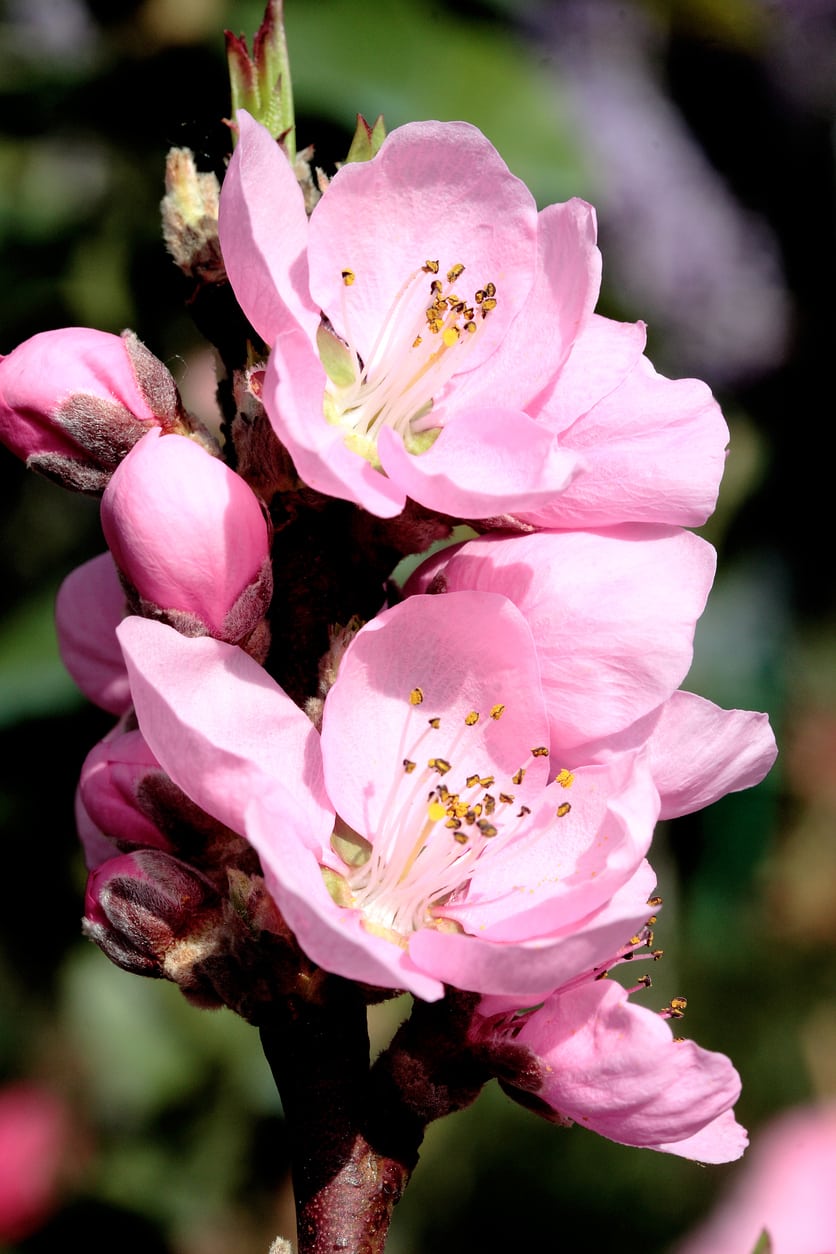 Nectar Babe Nectarine Info – Growing A Nectarine ‘Nectar Babe’ Cultivar
Nectar Babe Nectarine Info – Growing A Nectarine ‘Nectar Babe’ CultivarAccording to Nectar Babe nectarine information, these are natural dwarf trees, but grow full-size, luscious fruit. You can start growing Nectar Babe nectarines in containers or in the garden. Click here for info on these unique trees plus tips on planting.
By Teo Spengler
-
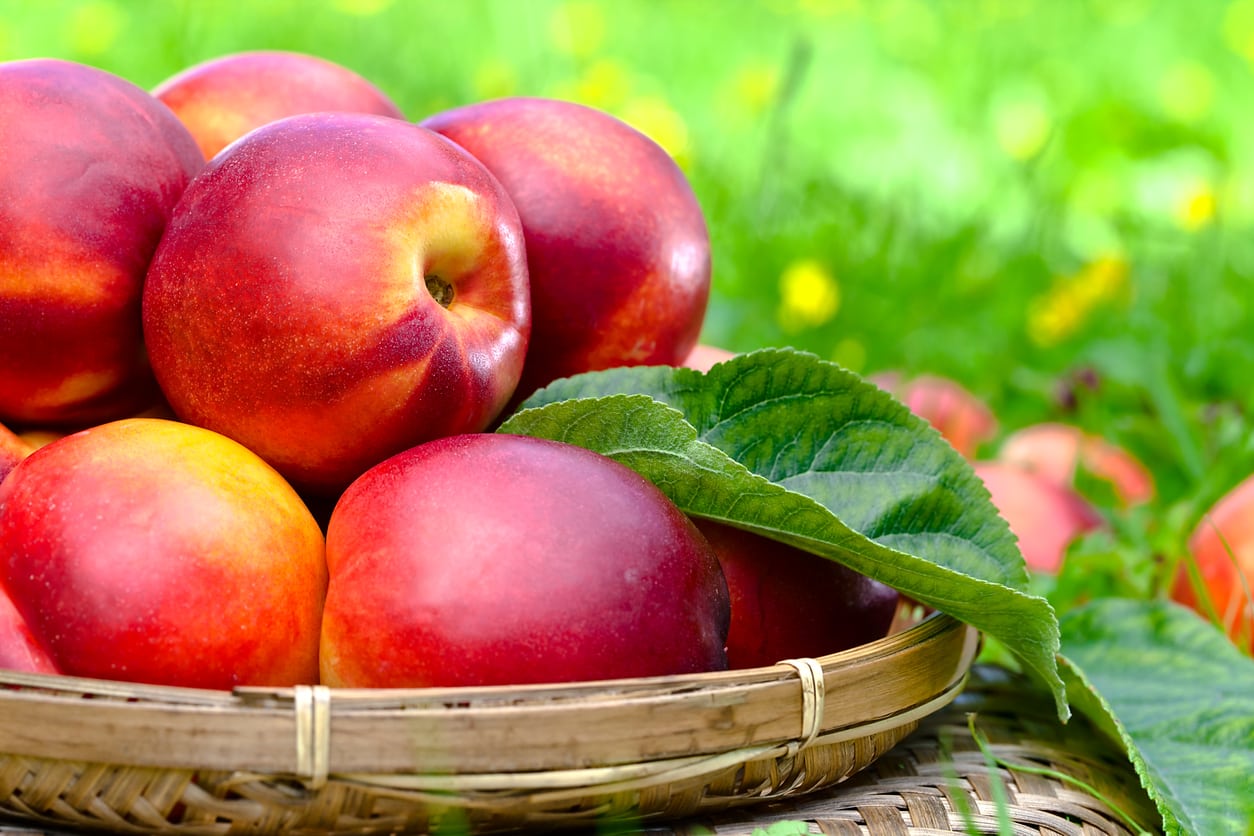 Harko Nectarine Care: How To Grow A Harko Nectarine Tree
Harko Nectarine Care: How To Grow A Harko Nectarine TreeThe Harko nectarine is a Canadian variety high on taste and cold tolerant. If you want to grow this nectarine tree, it’s important to have some facts at your fingertips. Click here for information about growing Harko nectarines and tips about Harko nectarine care.
By Teo Spengler
-
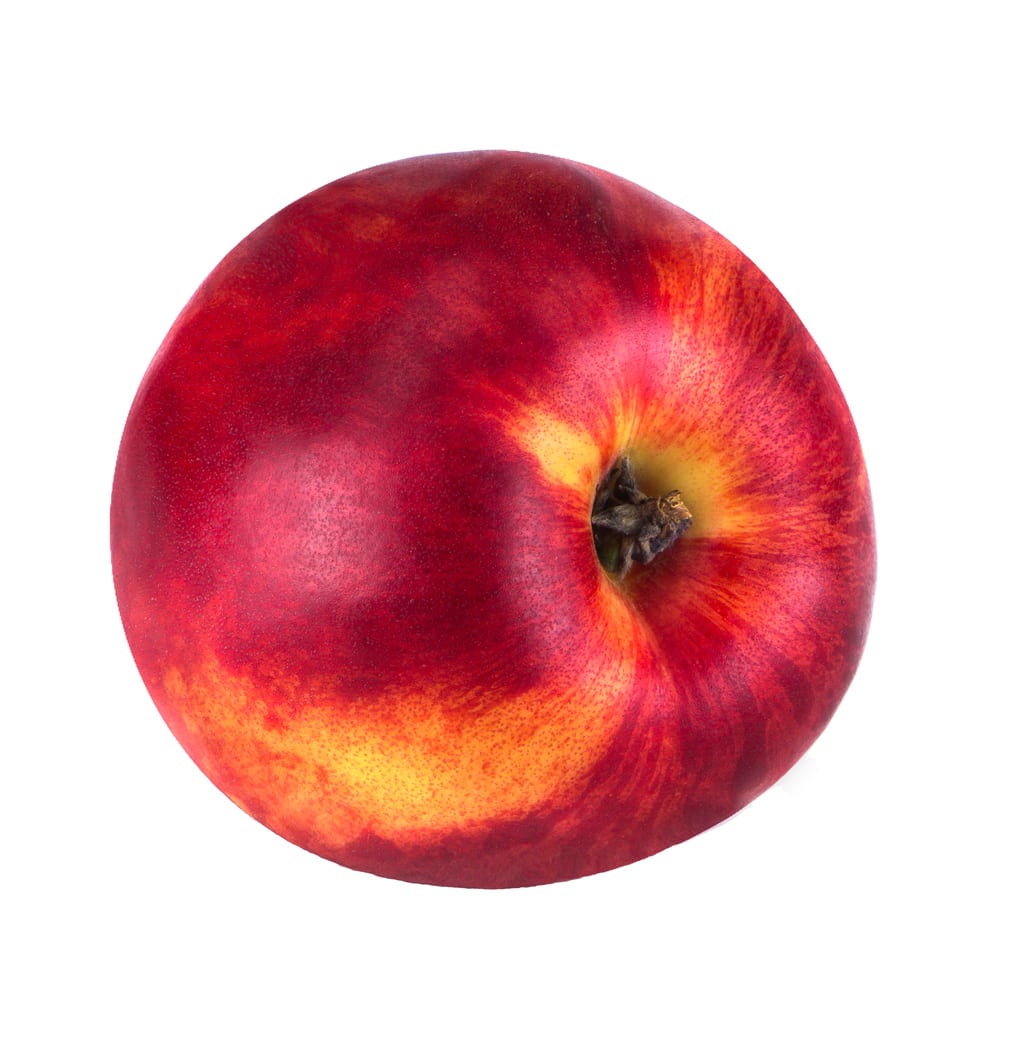 Arctic Rose Nectarine Care: What Is An Arctic Rose Nectarine
Arctic Rose Nectarine Care: What Is An Arctic Rose NectarineIf you are considering growing peaches or nectarines in a backyard orchard, Arctic Rose white nectarine is a great place to start. Click on the following article for information about this interesting cultivar, plus tips on Arctic Rose nectarine care.
By Teo Spengler
-
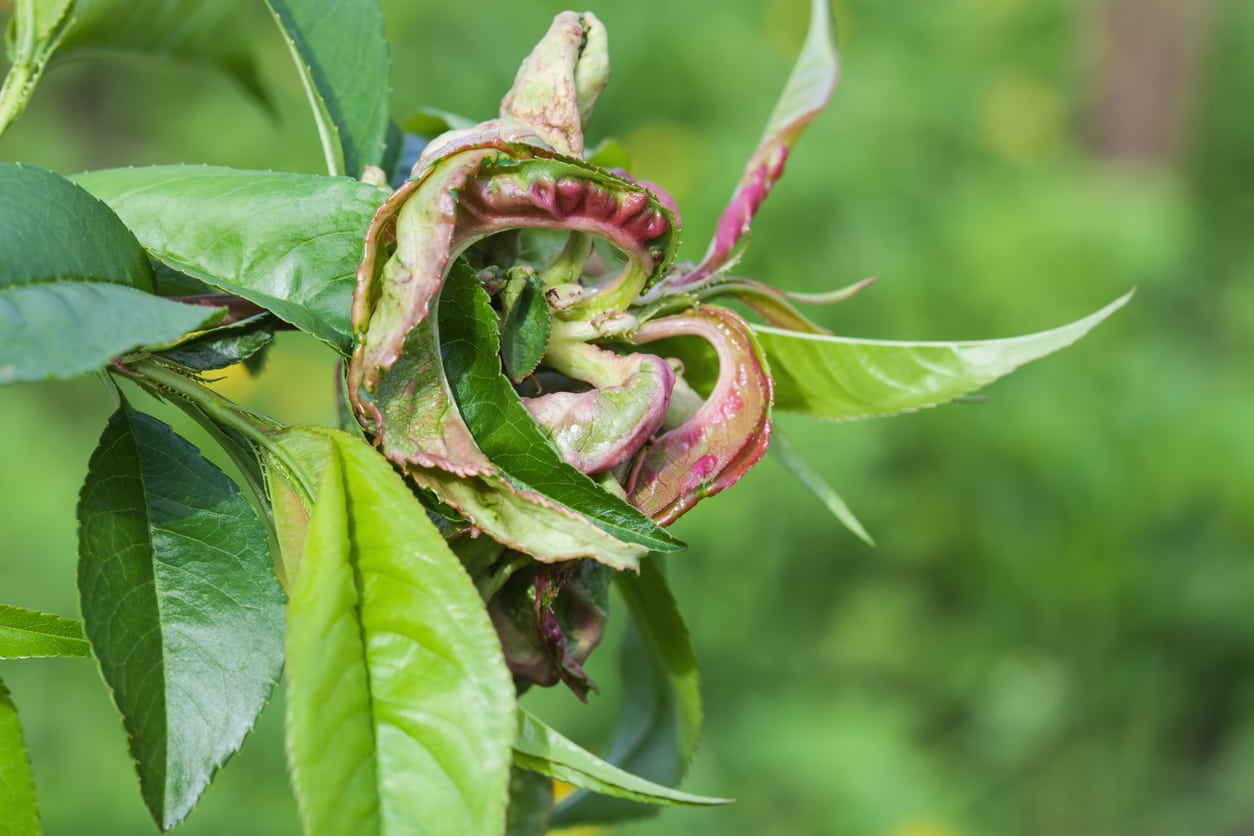 Diseases Of Nectarines: How To Spot Common Nectarine Diseases
Diseases Of Nectarines: How To Spot Common Nectarine DiseasesNectarine disease symptoms may not be readily apparent, and you may have to do some serious observation to locate issues. Others are visually evident and not hard to identify. If your nectarine tree is looking or performing differently than in years past, this article can help.
By Becca Badgett
-
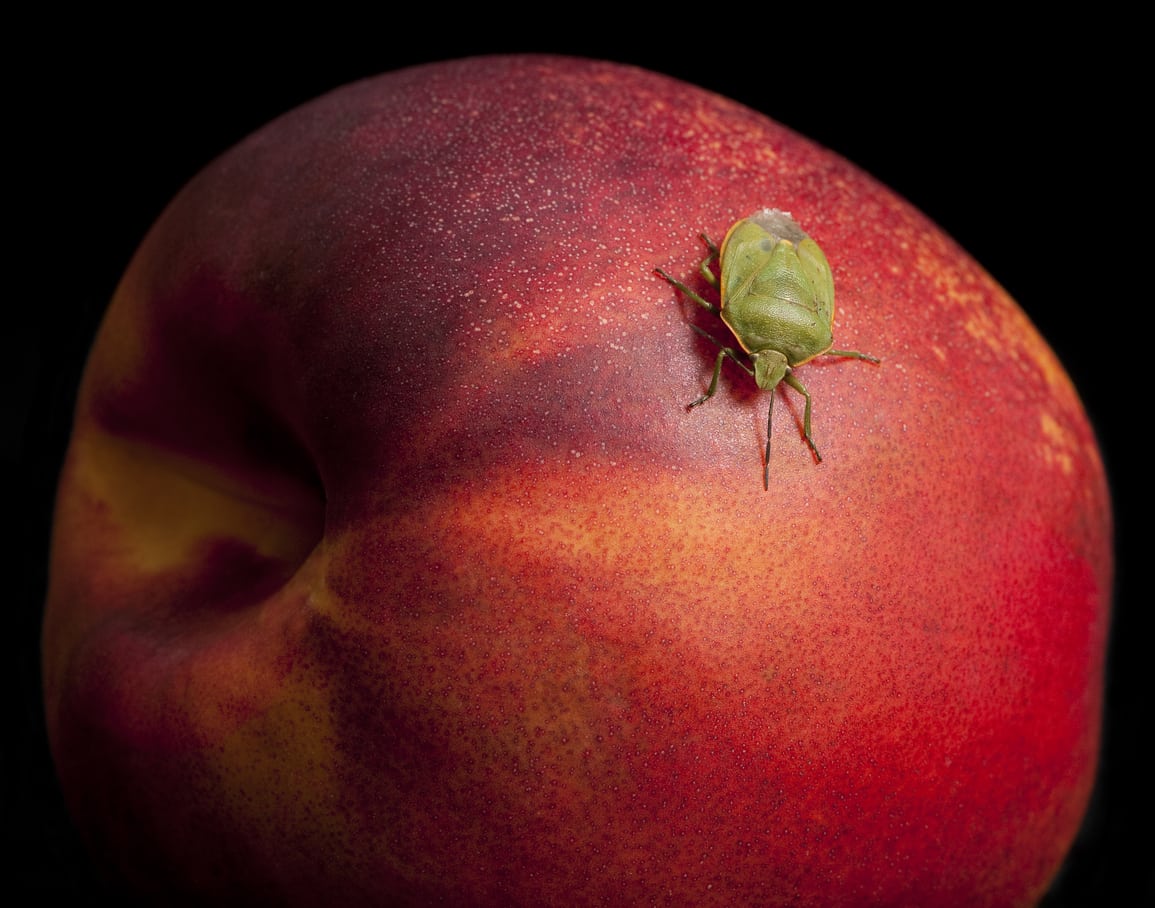 Bugs That Eat Nectarines – Tips For Controlling Nectarine Pests In Gardens
Bugs That Eat Nectarines – Tips For Controlling Nectarine Pests In GardensNectarines and peaches are often used interchangeably in cooking. Not surprisingly, both often face the same pests in the garden. Controlling nectarine pests in the home orchard will help to maintain plant vigor and prevent future pest problems. Learn more here.
By Tonya Barnett
-
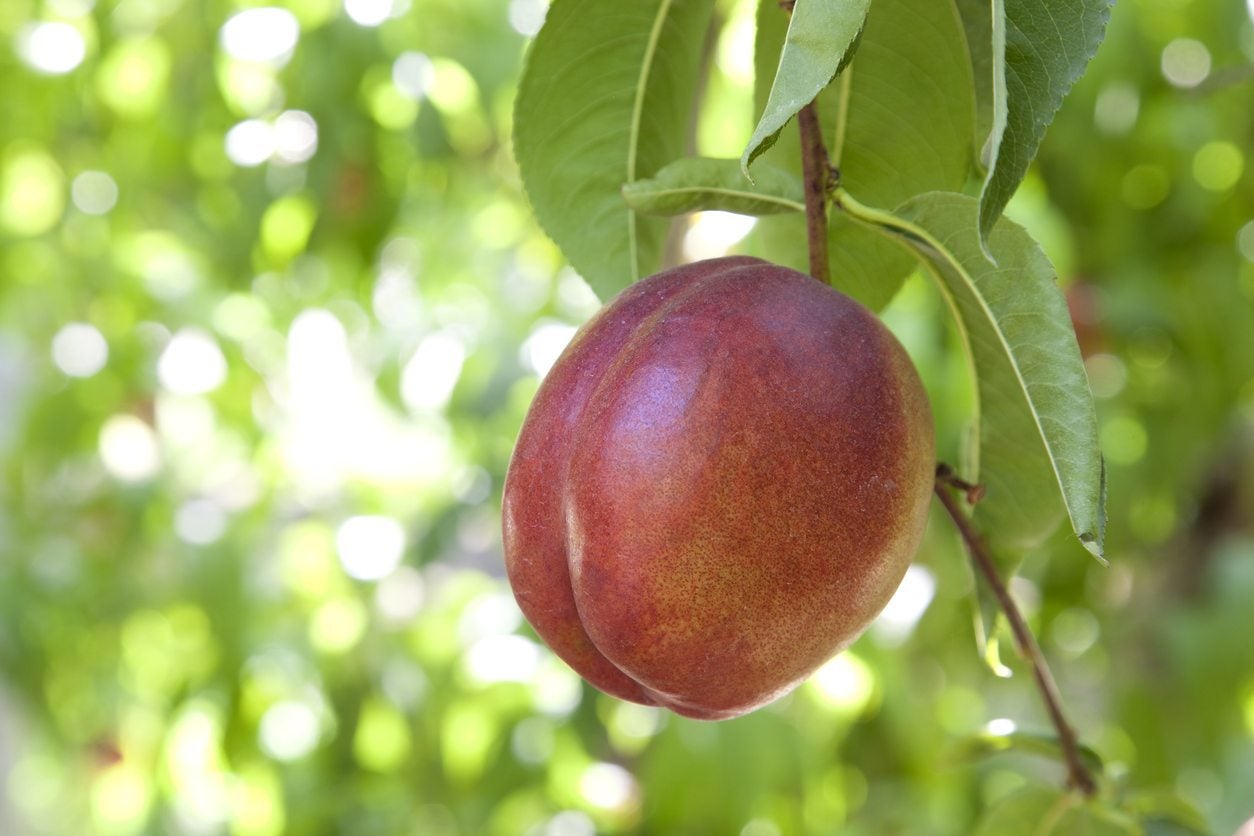 Nectarine Tree Not Fruiting – How To Get Fruit On Nectarine Trees
Nectarine Tree Not Fruiting – How To Get Fruit On Nectarine TreesGetting no fruit on the nectarine trees? If there are no obvious diseases or insect pests, why is the nectarine tree not fruiting? There are quite a few reasons for a fruitless nectarine tree. Find out how to get fruit on nectarine trees in this article.
By Amy Grant
-
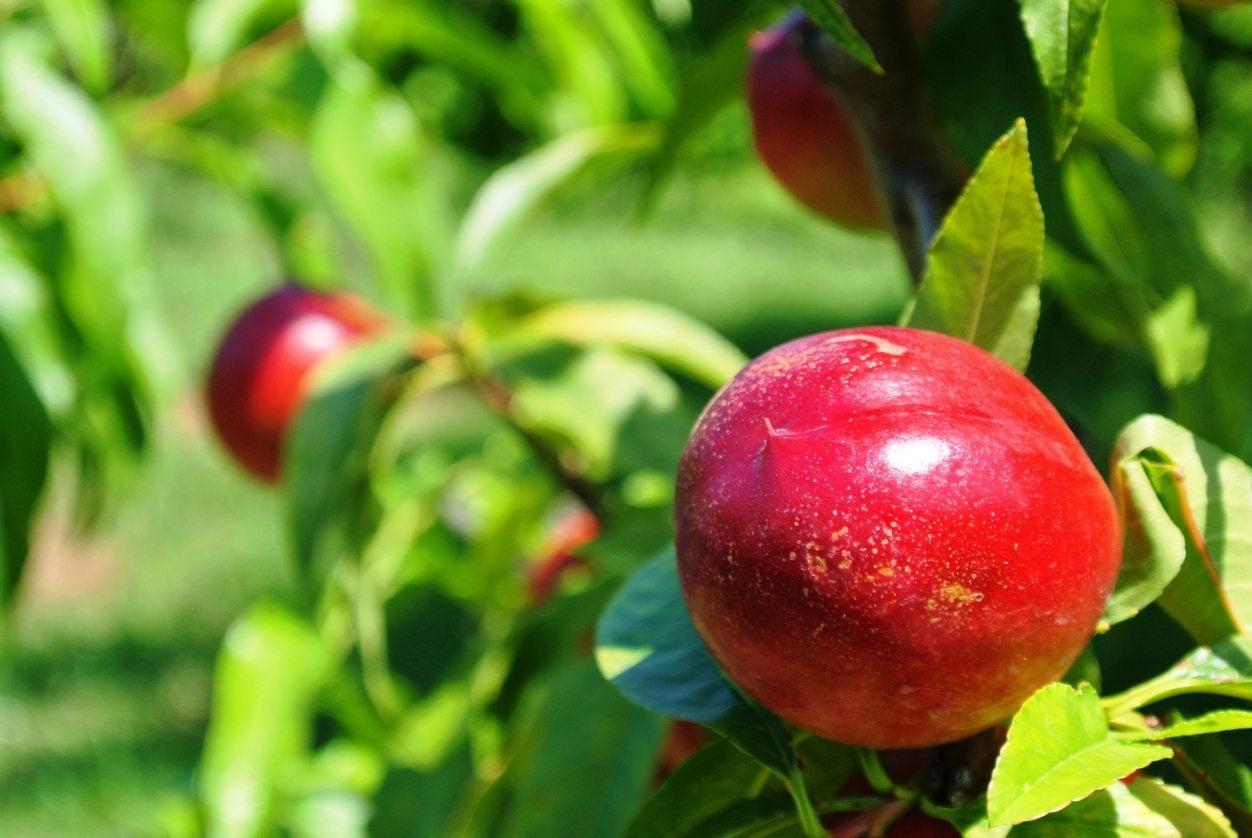 Pruning A Nectarine Tree – Learn How To Prune Nectarine Trees
Pruning A Nectarine Tree – Learn How To Prune Nectarine TreesPruning a nectarine is an important part of taking care of the tree. There are a number of reasons for cutting back a nectarine tree each with a specific purpose. This article will help with the ins and outs of nectarine pruning.
By Amy Grant